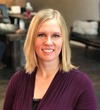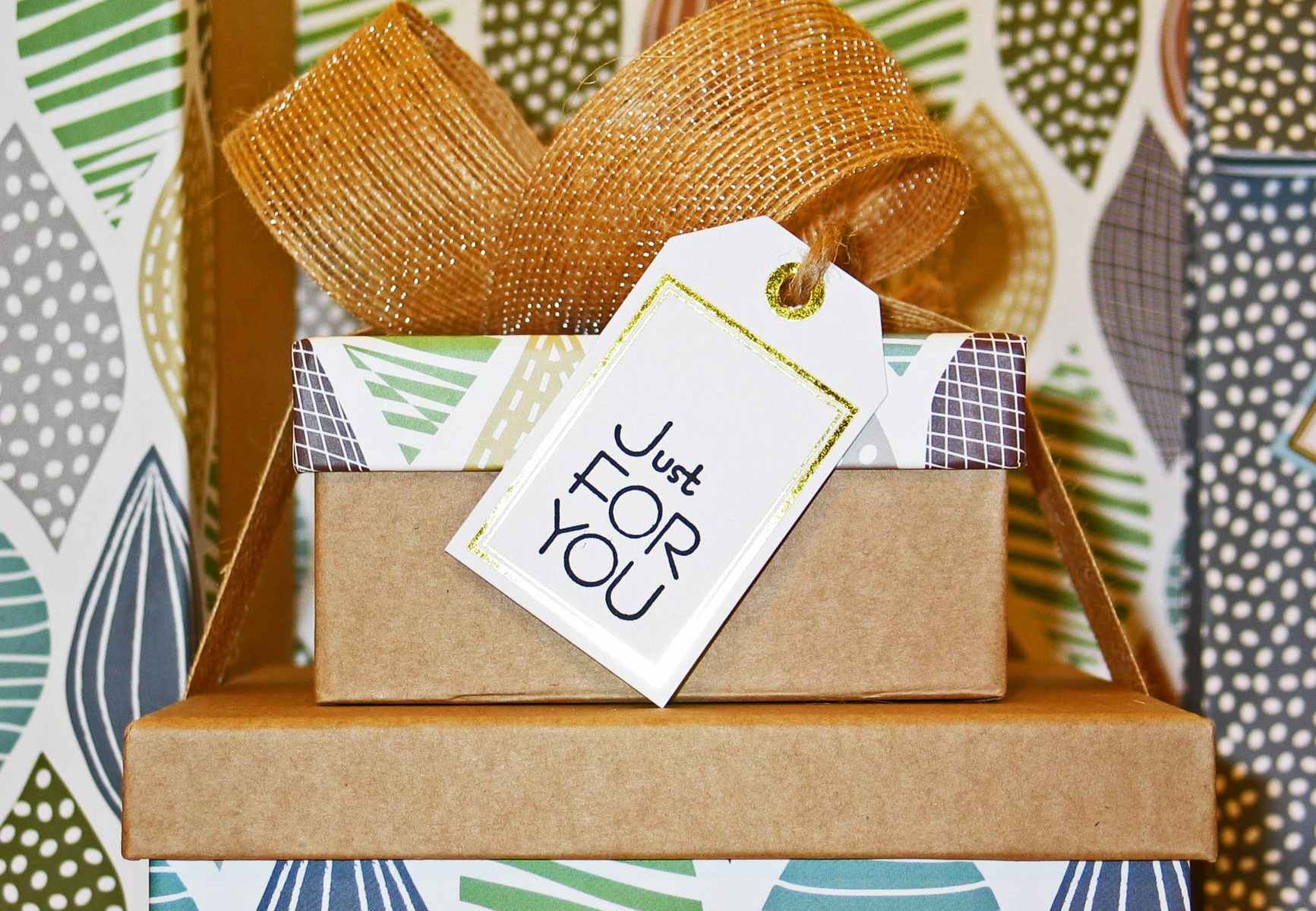Guest Post by: Esley Svanas (Mentee, Session 8, The Product Mentor) [Paired with Mentor, Andrew Hsu]
Before every quarterly meeting with the various departments in the company, I would try to imagine I was Oprah and it was one of her “Oprah’s Favorite Things” episodes. Most often these episodes were around the beginning of the winter holiday season, Oprah would choose things that she liked and gift them to the audience in the studio. Viewers at home would see everyone cheering and so happy to receive any of the gifts she gave.
Unsurprisingly, my meetings were not this successful. I would bring them designs, features we were working on, maybe a taste of what was next, all sorts of things. But instead of being met with cheers, people nit-picked designs, questioned every single choice, or gave up and disengaged. I felt like I could see why Oprah didn’t do these all the time, I didn’t want to deal with all of criticism. Why couldn’t these people just accept what I was giving them?
Because I’m not Oprah and Product Management is a dialogue, not a show. But I had to learn that the hard way. These are the three mistakes I learned when trying to run my product like an episode of Oprah’s Favorite Things:
1. People need to know the what type of episode it will be
When people attended the Oprah show, they were given a certain date, time, and place to appear and that was about it. They didn’t get to choose the topic relevant to them, the show chose which one they would see. Most people probably hoped for the “favorite things” show but were let down when Dr. Phil appeared instead.
Similarly, I gave my “audience” the same kind of choices. Each department was given a specific date and time chosen by me and a fairly vague meeting title and/or agenda. They saw the title would be design review or feature review, but what did that really mean? And no consideration was really given for what was going on in their department at the time. There could have been a big initiative on their side, but clearly my product was more important.
Instead of assuming I knew the best meeting format, length, and frequency I should have asked the people I was meeting with what would be helpful to them. Did they actually want to see designs? Did they want walkthroughs of features? Or did they only care about the roadmap? When I asked these kind of questions instead of assuming I knew what they wanted, I learned about how I can’t treat each group the same. Some departments may only want the Favorite Things episodes once a quarter, some may want the Dr. Phil ones monthly, and others might not want any of them because of the format. Either way, I shouldn’t have chosen if it was a Favorite Things or Dr. Phil episode and how often, we should have decided together. That way people know what to expect from the meeting, they don’t leave wishing they had a car instead of getting advice.
2. You don’t get to choose the favorite things alone
One of the top criticisms of the Favorite Things episodes is that the gift quality could vary a lot. For example, in 2005 the audience received items such as a Burberry coat, an iPod, and a Blackberry phone, but in 2006 each audience member received a $1,000 gift card and a camcorder and were told to record themselves using the money to do a good deed for someone else. Imagine being in that audience in 2006, excitedly waiting to see all of the items you’ll receive only to be presented with two items, one of which you’re supposed to give away to someone else. The items weren’t exactly tailored to the audience either. The 2005 audience was all Hurricane Katrina volunteers; I don’t know how helpful a Burberry coat, croissants from Williams Sonoma, and a Oprah Winfrey Show 20th Anniversary Collection DVD would be to people who likely were from the damaged area and lost everything.
Not only did my quarterly meetings have the same agenda regardless of the department, but the agenda quality also varied from quarter to quarter. Sometimes there would be a polished presentation, sometimes it would be me jumping from file to file to cobble together a cohesive picture. But that polished presentation that Marketing loved could have people in Operations wishing they could take a nap and the files that made sense to Sales took twice as long to explain to Finance. I only considered how having the same agenda made my life easier, not if it helped anyone else.
But did it make my life easier if I had to spend extra time outside of meetings explaining things or hold additional meetings because we weren’t able to cover everything in my agenda due to getting stuck on an item? If I have to spend time guessing what they want to hear? What I found was tailoring my agenda and its format was actually easier than the “one size fits all” format that I had been using. By asking what they wanted to see and discuss, I didn’t have to waste time making a presentation for a group that wasn’t going to view it or talking about something that didn’t apply to them. That doesn’t mean that I didn’t get to communicate my message, it meant that it wasn’t only my message. The collaboration ahead of time helped me better understand what was on their mind which in turn helped me tailor my messaging even more. Now when it comes time to meet I look prepared because I understand their what matters to them and attendees know what to expect from the meeting. We spend more time solving problems and collaborating and less time figuring out what we’re trying to accomplish. I don’t have to try to guess if they want an iPod or Burberry coat, I can just ask them instead.
3. People shouldn’t have to deal with the consequences of your favorite things
Typically when the audience received items during a Favorite Things show, they were ecstatic. Many of the items were things they could never afford on their own, especially not all at once. The most famous example of this is when Oprah gave everyone in the audience a car; people are jumping and weeping with joy as Oprah is yelling “You get a car! You get a car! You get a car! You get a car! Everybody gets a car!” But then reality sets in once the show was done: they now had to pay taxes on the car they were just “gifted”. Many people in the audience couldn’t pay the taxes and had to sell the car to cover them. The gift wasn’t entirely free and the show hadn’t considered the consequences of giving away cars.
By appearing quarterly and dropping off my “gifts” to unsuspecting teams, I wasn’t considering the consequences of what it meant to those teams. They now had to support features and products they had no input on without any support for their department. They had minimal understanding of the product but were expected to market them and answer user questions. Naturally, they decided to ignore the product that they didn’t understand and that was causing more headaches for them. At the time I was frustrated, I showed them how this feature worked and made a presentation for them about it, what else do they expect?
Now I realize that the question should have been “what else do they need?” and it should have been asked at the beginning. I had built features that I believed the user wanted but largely left the business out because I saw their input as push back. I didn’t explore why they gave their input and I missed things because of it. I needed to collaborate with them from the beginning.
Conclusion
The Oprah’s Favorite Things method lead to a lot of Product Manager bad habits. I pushed my agenda, my features, and my way instead of doing one of the key actions for a Product Manager: collaborating. By thinking of myself as Oprah I was only allowing one person to control everything: me. I thought the other departments were my audience, ready and waiting for whatever I decided to give them. My coworkers aren’t my audience members though, I should have been thinking of them as my crew. They need to know about the episodes ahead of time so they can plan to make them happen. Oprah can’t decide on her own to do a Favorite Things show that day and expect the crew to get everything done without notice, why was I expecting the departments in my company to do something similar? Now that I’m working with my crew by engaging them early in the process on their terms and incorporating their input and needs I’ve gained people who are actually excited about my products and together we can put on a great show for our users.
 Esley Svanas is a Product Manager at MBO Partners and is based in Washington, DC. She loves mobile apps, exploring new tech, and sticky notes. In her spare time you can find her playing with Batala DC.
Esley Svanas is a Product Manager at MBO Partners and is based in Washington, DC. She loves mobile apps, exploring new tech, and sticky notes. In her spare time you can find her playing with Batala DC.
More About The Product Mentor
 The Product Mentor is a program designed to pair Product Management Mentors and Mentees around the World, across all industries, from start-up to enterprise, guided by the fundamental goals…
The Product Mentor is a program designed to pair Product Management Mentors and Mentees around the World, across all industries, from start-up to enterprise, guided by the fundamental goals…
Better Decisions. Better Products. Better Product People.
Each Session of the program runs for 6 months with paired individuals…
- Conducting regular 1-on-1 mentor-mentee chats
- Sharing experiences with the larger Product community
- Participating in live-streamed product management lessons and Q&A
- Mentors and Mentees sharing their product management knowledge with the broader community
Sign up to be a Mentor today & join an elite group of product management leaders!
Check out the Mentors & Enjoy!
Jeremy Horn
The Product Guy
